Increased Focus on Metal Recycling
The Bi-Metal Band Saw Blade Market is also influenced by the rising emphasis on metal recycling. As industries and governments prioritize sustainability, the demand for efficient cutting tools that can handle recycled materials is on the rise. Bi-metal band saw blades are particularly well-suited for this purpose, as they can effectively cut through various types of metals, including scrap and recycled materials. Market analysis indicates that the metal recycling sector is expected to grow significantly, with a projected CAGR of 4.2%. This growth is likely to create new opportunities for bi-metal band saw blade manufacturers, as they adapt their products to meet the needs of the recycling industry.
Growth of the Construction Industry
The construction industry is a significant driver for the Bi-Metal Band Saw Blade Market, as it requires reliable cutting tools for various applications, including structural steel fabrication and woodworking. The ongoing urbanization and infrastructure development projects are fueling the demand for bi-metal band saw blades, which are essential for cutting through tough materials. Recent statistics reveal that the construction sector is anticipated to grow at a CAGR of 3.8%, leading to an increased requirement for efficient cutting solutions. As construction companies strive for precision and efficiency, the reliance on high-quality bi-metal band saw blades is likely to intensify, further propelling market growth.
Rising Demand in Manufacturing Sector
The Bi-Metal Band Saw Blade Market is experiencing a notable surge in demand, primarily driven by the expanding manufacturing sector. As industries such as automotive, aerospace, and metalworking continue to grow, the need for efficient cutting tools becomes increasingly critical. Bi-metal band saw blades, known for their durability and precision, are particularly favored for their ability to cut through various materials, including metals and composites. Recent data indicates that the manufacturing sector is projected to grow at a compound annual growth rate (CAGR) of approximately 4.5% over the next few years. This growth is likely to bolster the demand for bi-metal band saw blades, as manufacturers seek to enhance productivity and reduce operational costs.
Customization Trends in Cutting Solutions
Customization is becoming increasingly important in the Bi-Metal Band Saw Blade Market, as end-users seek tailored solutions to meet specific cutting requirements. Manufacturers are responding by offering a range of customizable options, including blade size, tooth design, and material composition. This trend is particularly evident in industries such as aerospace and automotive, where precision cutting is paramount. Data suggests that the demand for customized cutting solutions is growing at a rate of approximately 6% annually. As companies strive to optimize their cutting processes, the ability to provide bespoke bi-metal band saw blades is likely to enhance competitive advantage and drive market growth.
Technological Innovations in Cutting Tools
Technological advancements play a pivotal role in shaping the Bi-Metal Band Saw Blade Market. Innovations in blade design, materials, and manufacturing processes have led to the development of high-performance blades that offer improved cutting efficiency and longevity. For instance, the introduction of advanced coatings and heat treatment processes has enhanced the wear resistance of bi-metal band saw blades, making them suitable for demanding applications. Market data suggests that the adoption of these innovative technologies is expected to increase, with a projected growth rate of around 5% in the segment of high-performance cutting tools. This trend indicates a shift towards more sophisticated solutions in the market, catering to the evolving needs of end-users.


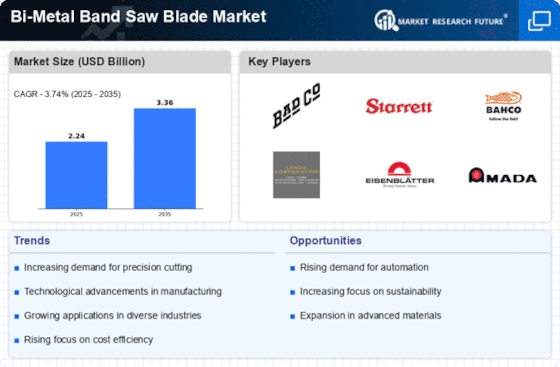
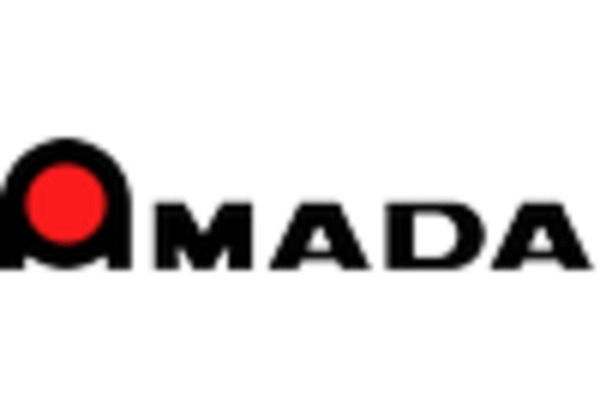
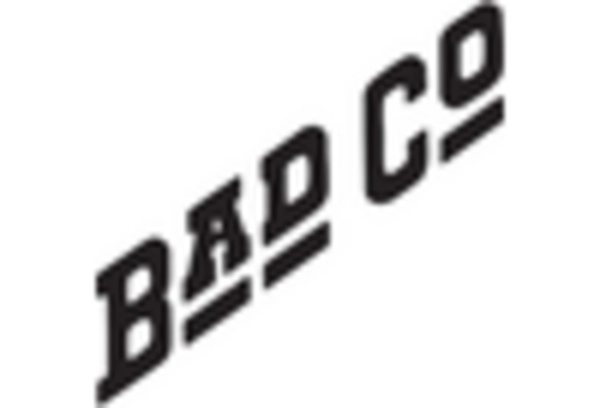
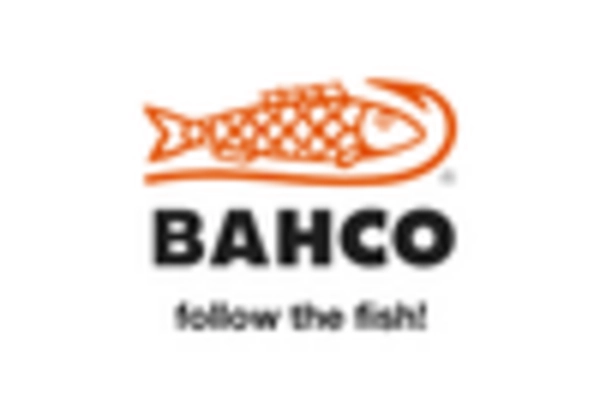


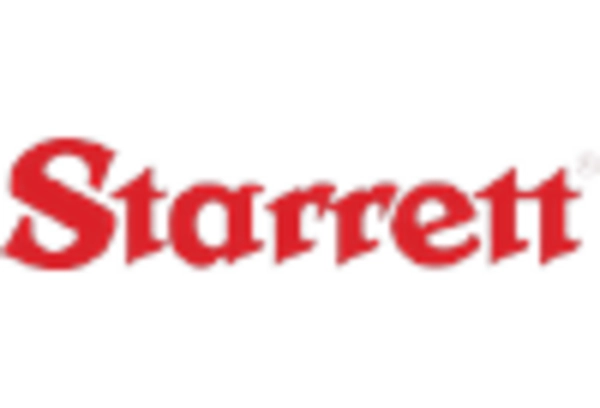








Leave a Comment